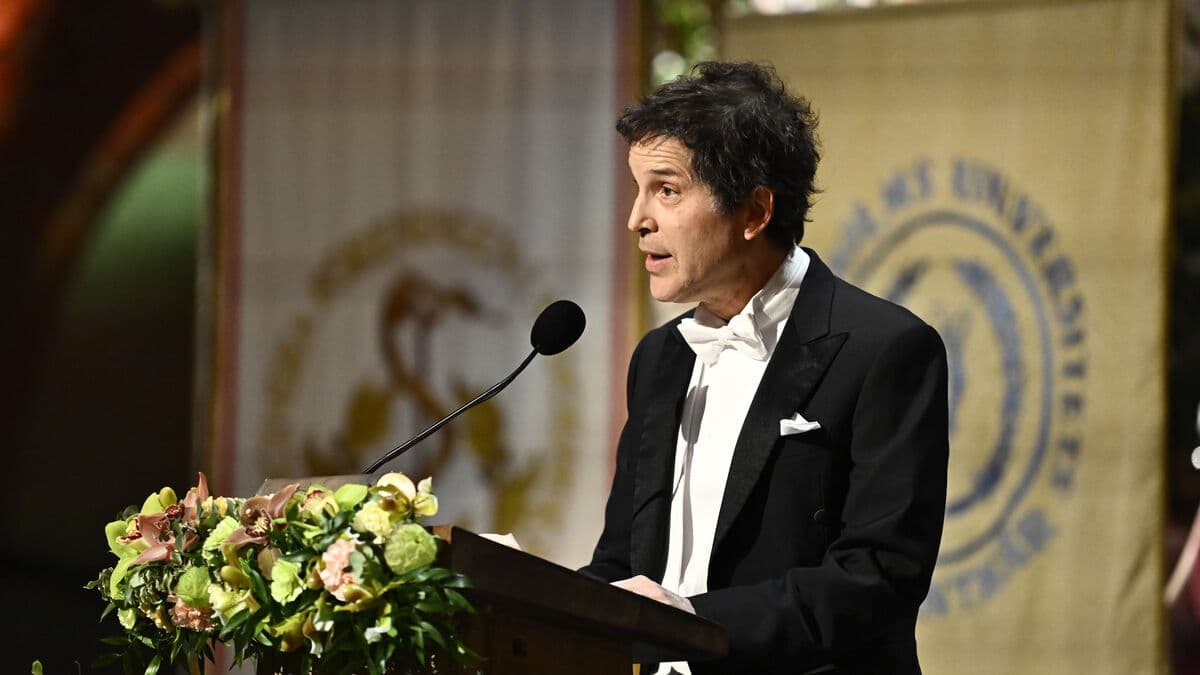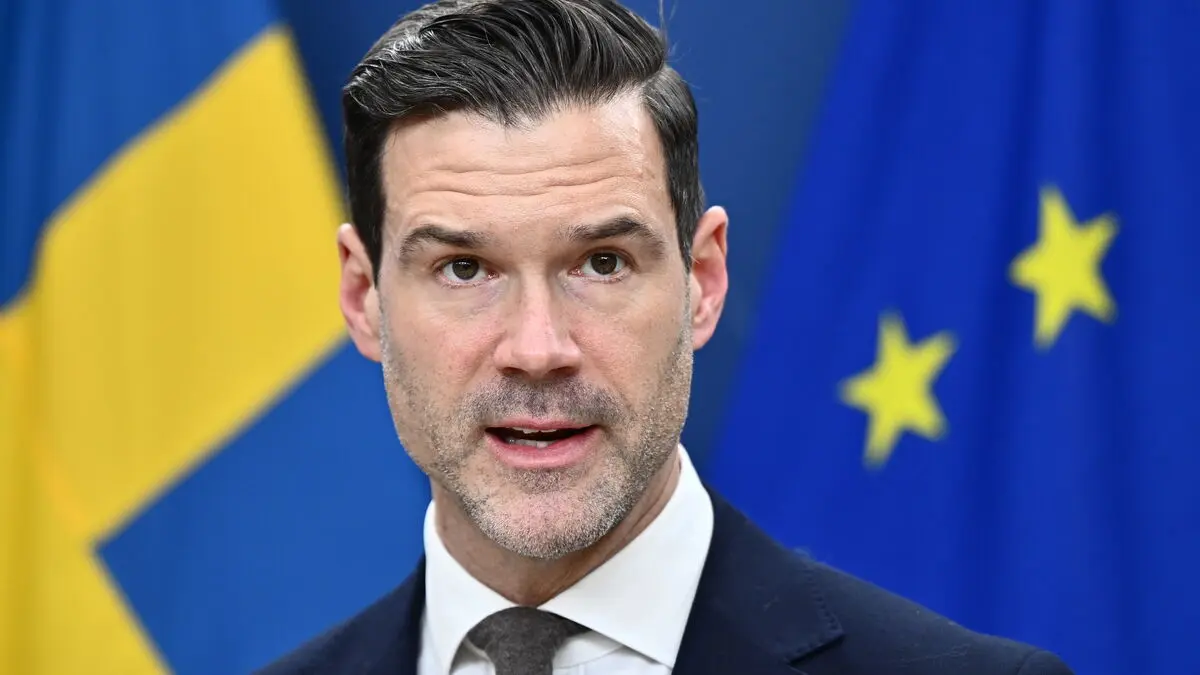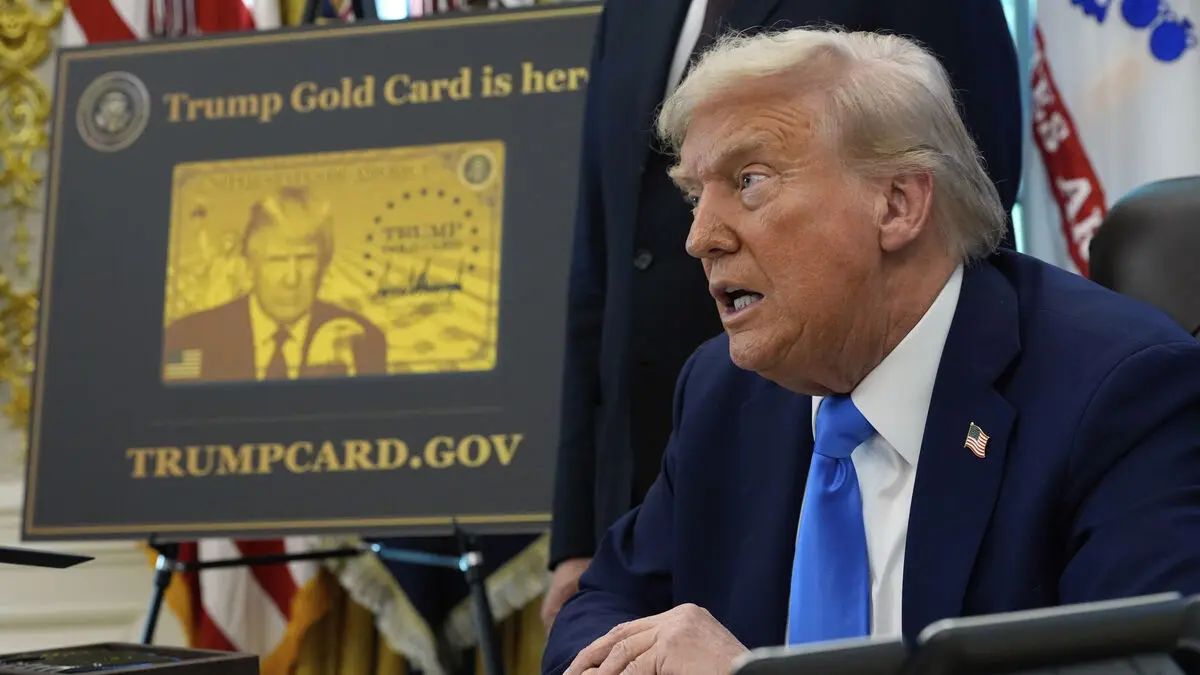Today, the Royal Swedish Academy of Sciences reveals who will receive this year's Nobel Prize in Chemistry. As usual in the Nobel context, there has been guessing and speculation about who will be honored.
It may very well be the trio Clifford Brangwynne (USA), Anthony Hyman (Germany) and Michael Rosen (USA), according to the analysis company Clarivate.
The trio's work is about how the body's cells can quickly change. They have shown how specific proteins and other molecules can condense into droplets – roughly like oil droplets in water – in different parts of the cell to work efficiently together without enclosing membranes. In this way, the cell can localize chemical reactions to the right place and respond quickly to signals. This is important, for example, to activate the immune system in the event of a viral infection. The discovery can also help explain what causes diseases such as ALS and Alzheimer's.
Scaffolding
A name that has been mentioned this year and previously is Omar M Yaghi, professor at the American UC Berkeley and a pioneer in network chemistry, or reticular chemistry.
The principle is to link metal ions with organic molecules into a kind of scaffolding – metal-organic frameworks, or MOFs. These MOFs form porous materials that can capture or separate different substances and therefore have great potential. They could, for example, extract water from desert air, capture carbon dioxide in the air, or store hydrogen.
Batteries of the future
Another possible chemistry prize winner is the French Jean-Marie Tarascon, whose research deals with the batteries of the future. Researchers behind the lithium-ion battery received the Nobel Prize in 2019, but Tarascon's focus is partly on improving lithium-ion batteries, partly on developing cheaper and more accessible sodium-ion batteries.
Another name that has been mentioned is the biochemist Chi-Huey Wong, USA, who has developed methods for building sugar molecules in the laboratory, to the important aid of medicine and vaccine development.
2024: David Baker, USA,
for computer-based protein design.
As well as
Demis Hassabis, USA, and John Jumper, United Kingdom,
for protein structure prediction.
2023: Moungi G Bawendi, USA, Louis E Brus, USA, and Alexei E Ekimov, USA,
for the discovery and development of quantum dots, which light up computer and TV screens and refine the light in certain LED lamps. Also used to map biological tissue.
2022: Carolyn Bertozzi, USA, Morten Meldal, Denmark, and Barry Sharpless, USA,
for the development of click chemistry, a method of building molecules by letting them snap into each other. The method has contributed to the development of more targeted cancer drugs.
Source: KVA





